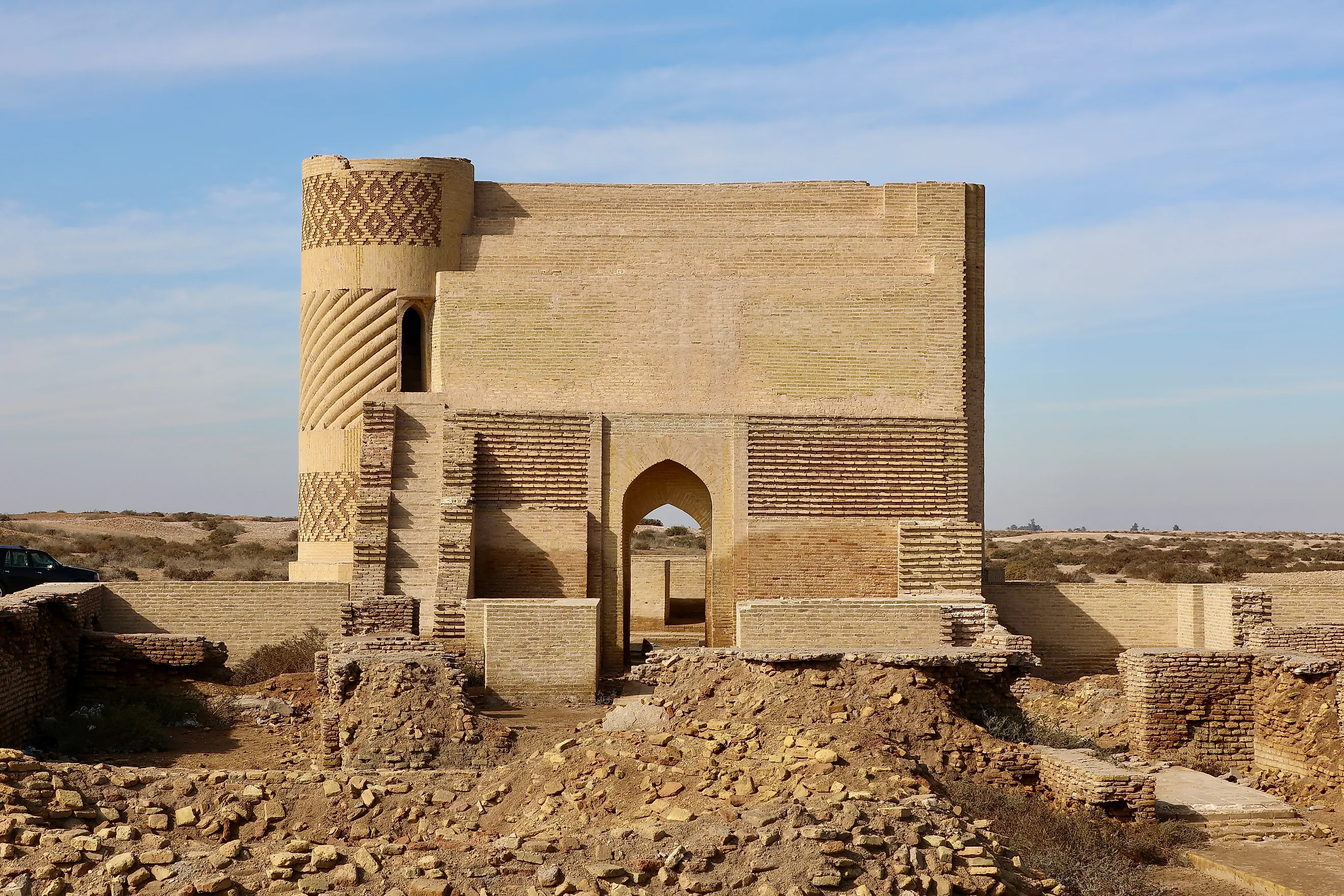
Abbasid Caliphate
The Abbasid Caliphate was the third Islamic Empire to encompass vast regions of Africa and Asia. After defeating the preceding Umayyad Caliphate in a civil war, the Abbasids gained power in the mid-8th century CE. At its peak, the Abbasid Caliphate extended across much of North Africa, the Middle East, and Central Asia. It swiftly unified the territories previously held by the Umayyads, initiating a new golden age in the late 8th century. During this era, the Abbasids facilitated the establishment of new cities and remarkable artistic accomplishments. Nonetheless, the golden age was short-lived, and the Caliphate began to decline in the early 9th century. By the 10th century, the Abbasids had lost nearly all of their lands to competing dynasties, with the Caliphate ultimately ending in the mid-13th century as one of the many casualties of Genghis Khan's Mongol hordes.
Birth Of The Abbasid Caliphate
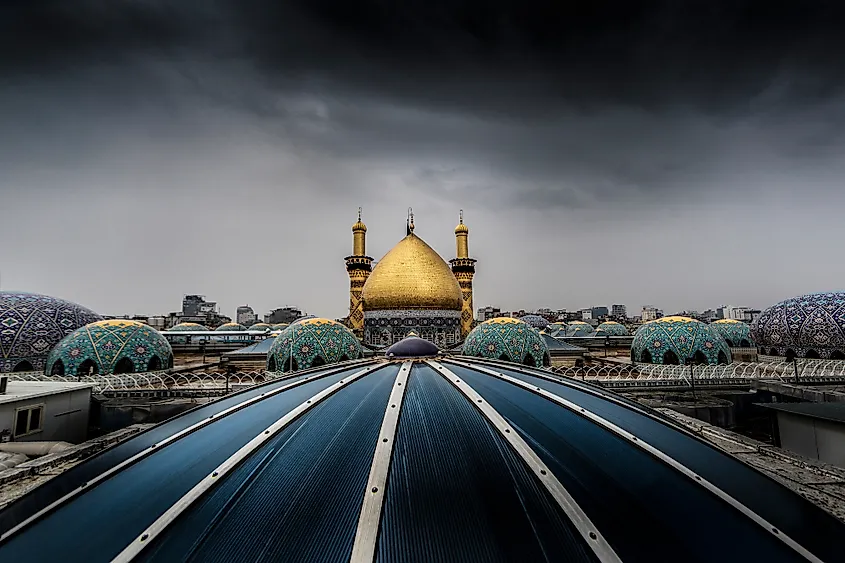
The Abbasid Caliphate's reign began in 750 CE, but the origins of its rulers go back to the time of the founding of Islam. The founder of Islam, the Prophet Mohammed, had an uncle named Mohammed Al-Abbas. Al-Abbas, who died in 653 CE, was a member of the Hashemite clan, which was part of the Arab Quraysh tribe in Mecca, Islam's holiest city. From about 718 CE, Al-Abbas' family worked to overthrow the Umayyad Caliphate, which had reigned over the vast majority of the Islamic world since 661 CE. A civil war broke out following the death of Umayyad Caliph Hisham in 743. This war was known as the Third Fitnah. The leader of the anti-Umayyad forces was Abu Islam, a descendant of Al-Abbas. In 750, Abu Islam defeated the last Umayyad Caliph, Marwan II, at the Battle of the Great Zab River in Mesopotamia. Afterward, a new Islamic Caliphate, the Abbasid Caliphate, was proclaimed. It was named after the uncle of the Prophet Mohammed, Al-Abbas. The first Caliph of the Abbasid Dynasty was Abu Al-Abbas Al-Saffah.
Consolidation Of The Abbasid Caliphate
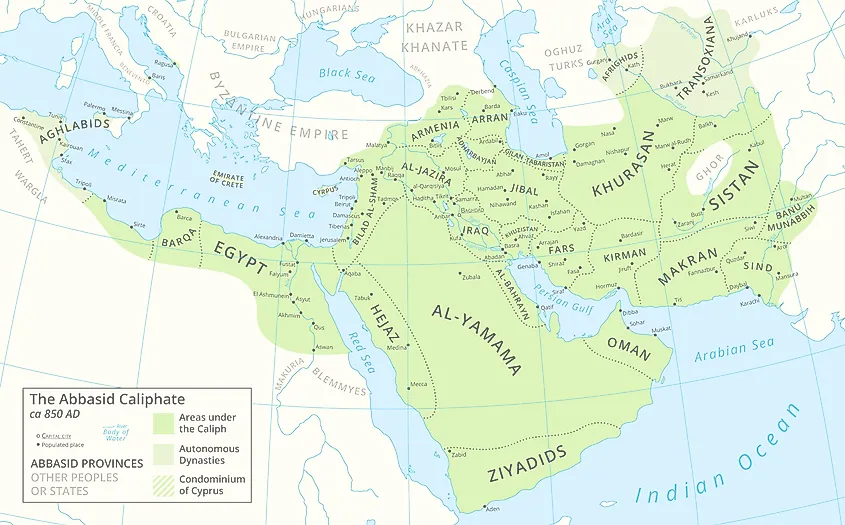
Whereas the Umayyad Caliphate historically focused on the expansion and consolidation of Muslim territory in North Africa, the Abbasid Caliphate preferred to focus on territories to the east, in Central Asia. One of the first moves of the Abbasids was to attempt to halt the continuing expansion of China's Tang Dynasty. They did so with a victory at the Battle of Talas in 751 CE. After this campaign, however, the Caliphate maintained relations with its neighbors that were generally cordial. Unlike their Umayyad predecessors, the Abbasids preferred to concentrate on territory already under their control rather than try to gain new territory. After assuming power, the Abbasids commissioned the building of new capital for the Caliphate, Baghdad, now Iraq's capital. Thus, the Caliphate's capital was moved there from Damascus. Baghdad emerged as a greater city than all European cities at the time.
The reigns of Al-Saffah and his successor Al-Mansur were rather brutal. Al-Saffah set about wiping out members of the previous Umayyad Dynasty. He executed all the male members of the dynasty and even had Umayyad graves in Syria dug out and their remains torn and burnt. Al-Mansur followed up Al-Saffah's campaign of atrocities by targeting the descendants of Ali, who was a cousin and son-in-law of the Prophet Mohammed and fourth Muslim Caliph. Al-Mansur also targeted the very person responsible for founding the Abbasid Dynasty, Abu Islam. When Al-Mansur's son Al-Mahdi became the Caliph, however, he set about reversing the wrong-doings of his father against Ali's descendants, releasing their captives and giving them monetary compensation for their losses. Al-Mahdi was also instrumental in curbing the power of the Byzantine Empire in Anatolia.
Abbasid Caliphate's Golden Age
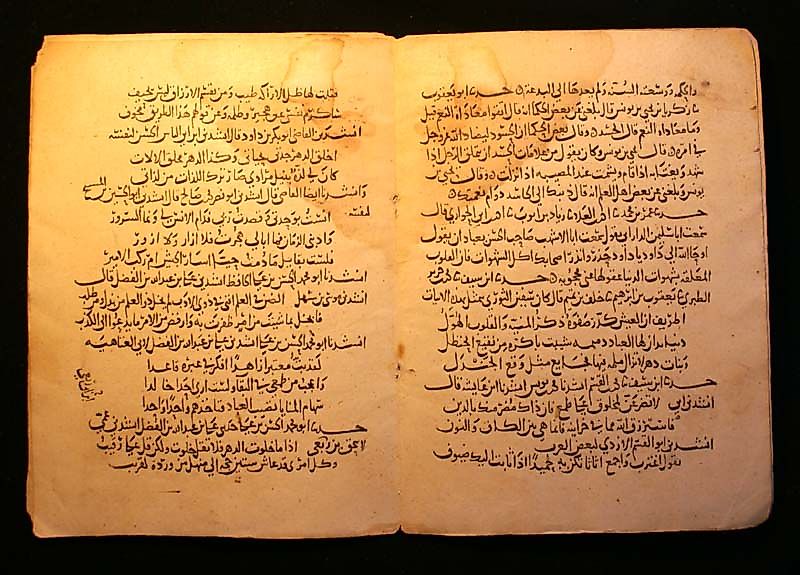
The golden age of the Abbasid Caliphate began under the reign on Caliph Harun Al-Rashid (r. 786-809 CE). Al-Rashid oversaw the building of the Grand Library of Baghdad, where many of the classical works of ancient Greece were translated into Arabic. The translation of the ancient Greek texts into Arabic saved many of these texts from being lost to history. In the future, the translated Greek texts would fuel the great minds of Europe that led to the era known as the Renaissance. Al-Rashid also moved the Caliphate's capital to the twin city of Raqqa-Rafiqa (though it was moved back to Baghdad in the late 9th century). It was within the industrial areas of this twin city that elegant glass and ceramics were produced. Samarra, now located in Iraq, was also developed towards the end of the Abbasid golden age. This city was devoted to the Abbasid court and featured palaces, pavilions, mosques, monumental avenues, barracks, gardens, pools, and three horse-racing tracks.
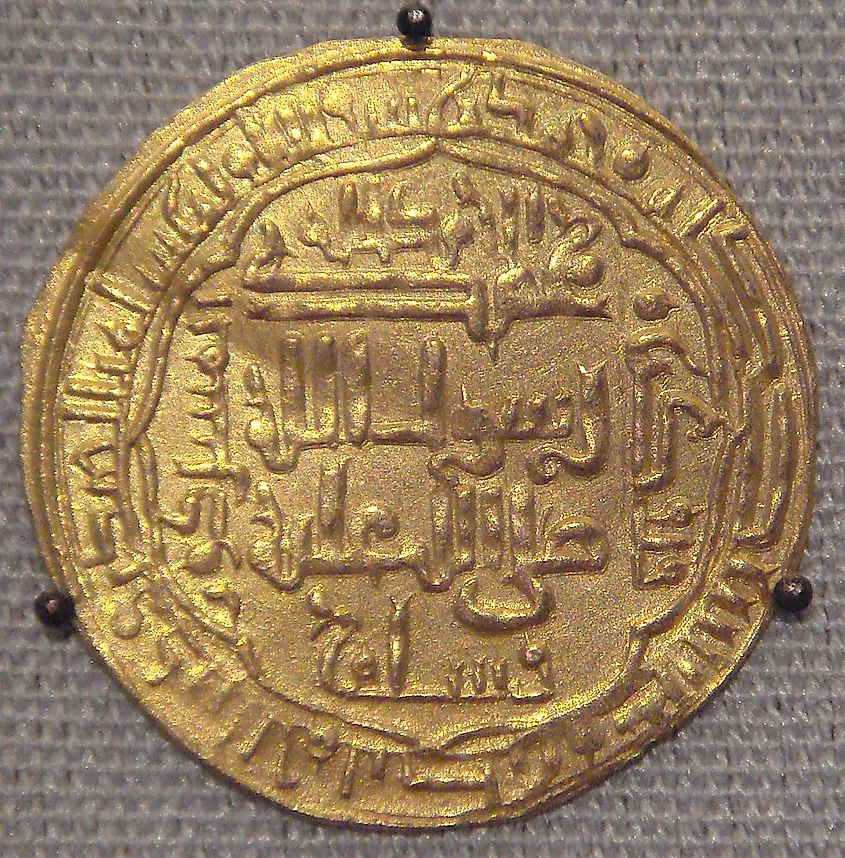
The golden age of the Abbasids was not without its troubles. Conflict with the Byzantines arose again under Al-Rashid's rule. Al-Rashid also oversaw a drastic change to the administration of the Abbasid province of Ifriqya (North Africa) that would, in time, set the Caliphate on the course of disintegration. He allowed a prominent statesman named Ibrahim ibn Aghlab to take control of the province under the condition that he would pledge loyalty to the Abbasid Caliphate and pay tribute. Perhaps the most difficult challenge for the Abbasids during the golden age was the issue of succession following the death of Al-Rashid, which led to a civil war between his sons from 811 to 819 CE, known as the Fourth Fitnah. It was this war that would lead to the climax of the Abbasid golden age.
Decline And Fall Of The Abbasid Caliphate

The decline of the Abbasid Caliphate began under the rule of Al-Mu'tasim (r. 833-842 CE), who decided to integrate mercenaries into his army, particularly those of Turkish origin. These mercenaries became the new army officers, who quickly learned that they could control the Caliphs as puppets by simply assassinating them when they did not do their bidding. In the early 10th century, rival local dynasties, such as the Fatimids in North Africa came on the scene. In 945 CE, a Shia faction known as the Buyids seized the Caliphate's capital, Baghdad. By the end of the 10th century, most of the territory that was formerly under Abbasid control was brought under the control of several different dynasties.
In the 11th century, the Seljuk Turks swept across Central Asia and the Middle East. They ended up taking control of Baghdad in 1055 CE. From this point forward, the Caliphs were basically the puppets of the Seljuks. This began to change, however, towards the late 11th century, under Caliph al-Mustarshid (r. 1092-1135 CE), who began raising his own army. He was succeeded by Al-Muktafi (r. 1136-1160 CE), who declared complete independence for the Caliphate. Thus, the Abbasid Caliphate was able to exert full sovereignty once again, but its territory was but a fraction of the once great empire. In the 12th century, Abbasid control was mostly limited to present-day Iraq. The final death knell for the Abbasid Caliphate came in 1258 CE, when the forces of the Mongol Empire besieged and conquered Baghdad. They laid waste to the city and massacred its population.











